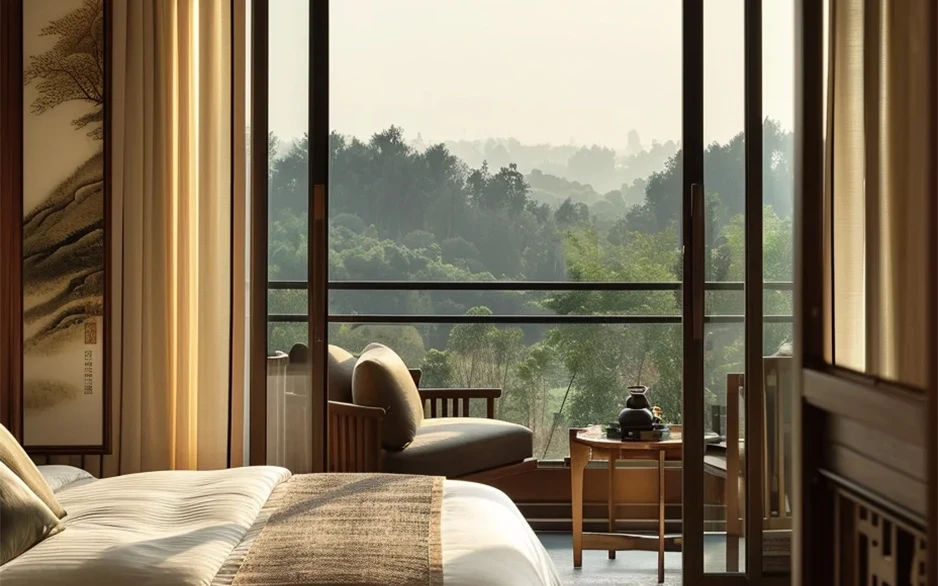Casas de estilo tradicional chino
Chinese traditional-style houses, often referred to as “Chinese vernacular architecture,” have distinctive characteristics that vary by region, but they share some common features that reflect cultural values, aesthetics, and functionality.
Here are some of the main characteristics of Chinese traditional-style houses:
Courtyard Layout (Courtyard for example)
The courtyard is one of the most iconic buildings. This design is characterised by a central courtyard that surrounds the building on all sides.
The courtyard provides a private outdoor space for activity, light and ventilation, while maintaining privacy and protection from the outside world.
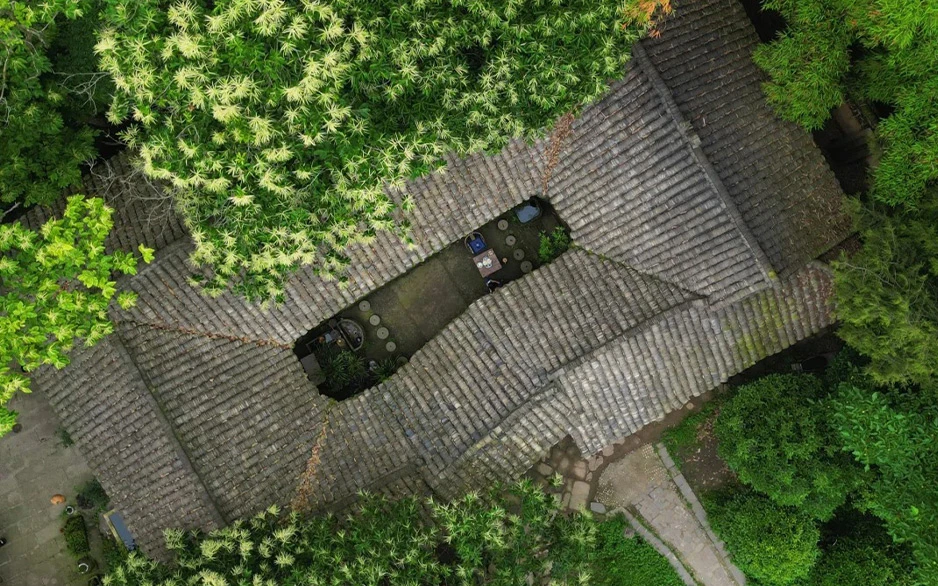
Symmetry: Traditional Chinese houses often exhibit a strong sense of symmetry, with a main building placed centrally, flanked by auxiliary buildings on either side. This reflects the cultural emphasis on balance and harmony.
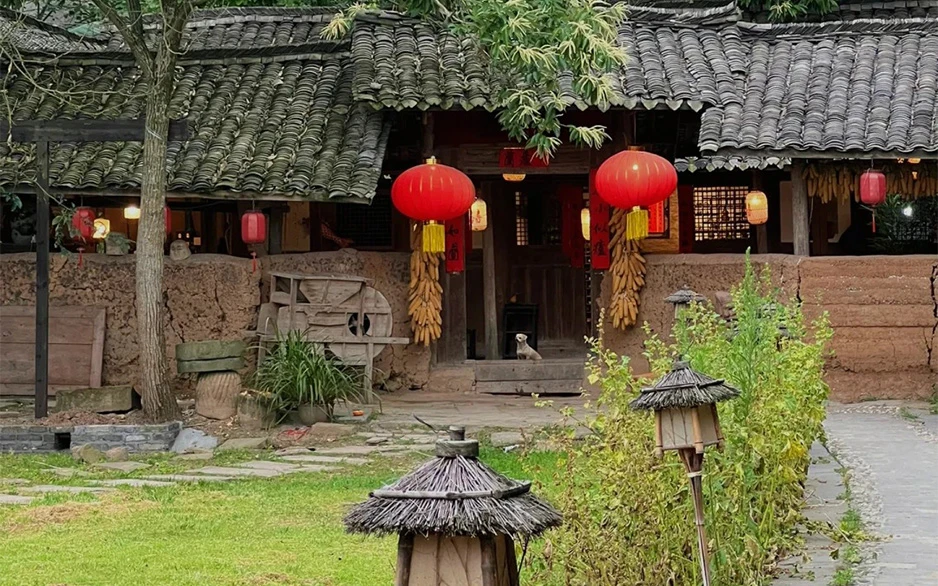
Roof Design
The roofs are often curved upward at the edges, a design that is both functional and aesthetic. The curve helps to protect the structure from heavy rains and symbolizes an upturning of good fortune.
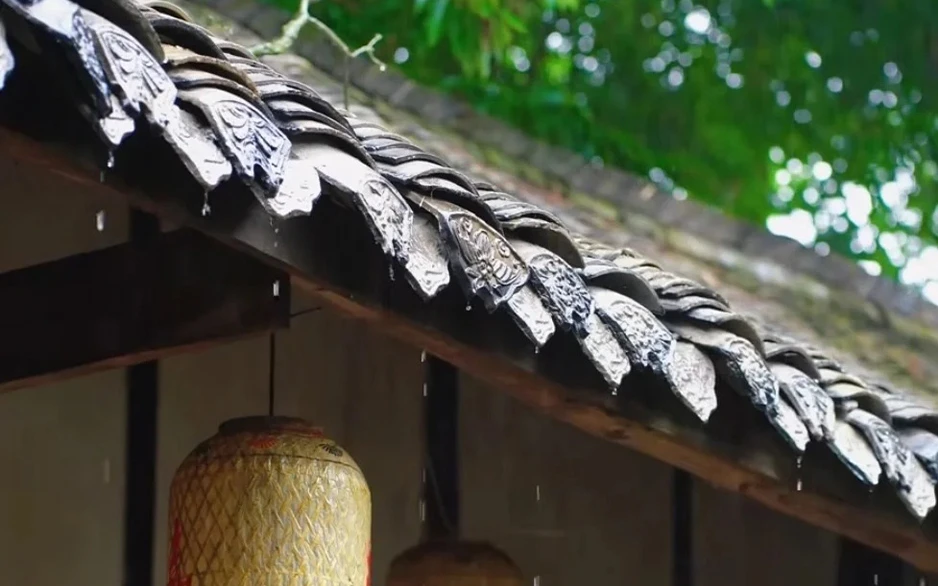
Use of natural materials
The main building materials are timber and bricks, with timber being highly prized for its natural beauty and versatility. Wooden beams, posts and latticework are common.
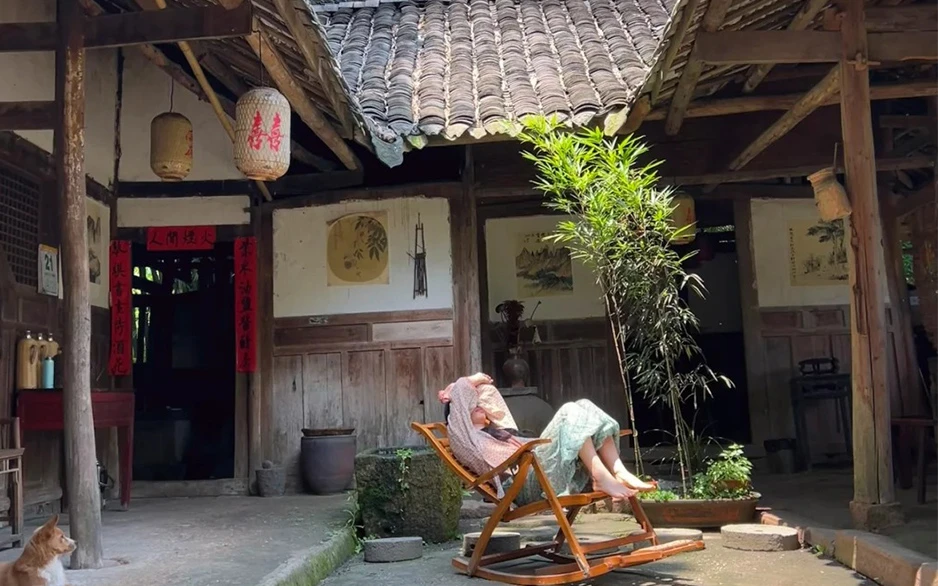
The kitchens of old Chinese houses are usually compact, with traditional cooking utensils such as clay stoves and large iron pots. Wall hooks and simple cupboards are common for storage.
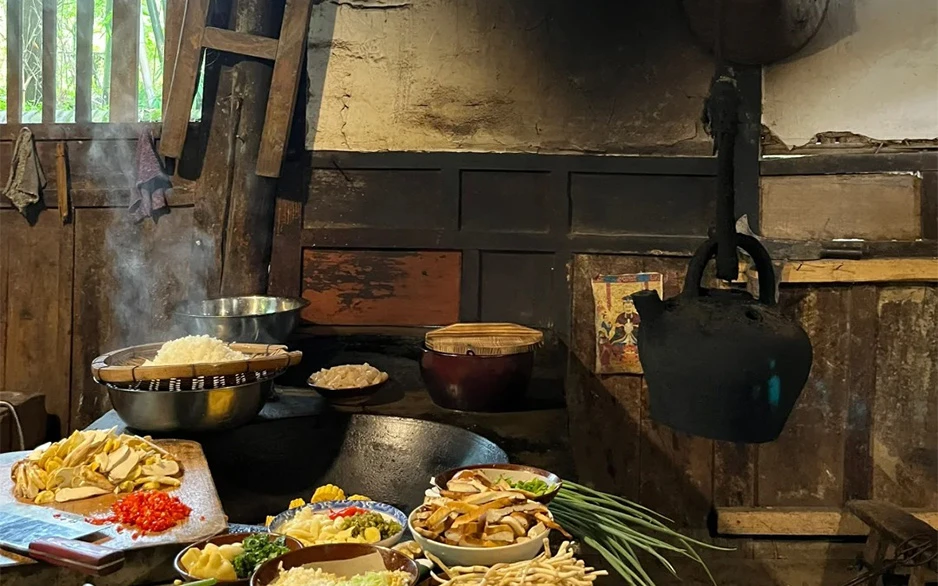

The Chinese traditional house’s bedrooms usually have a simple layout and wooden furniture. Bedrooms place emphasis on functionality, with beds usually high and with storage space at the bottom for bedding and sundries.
